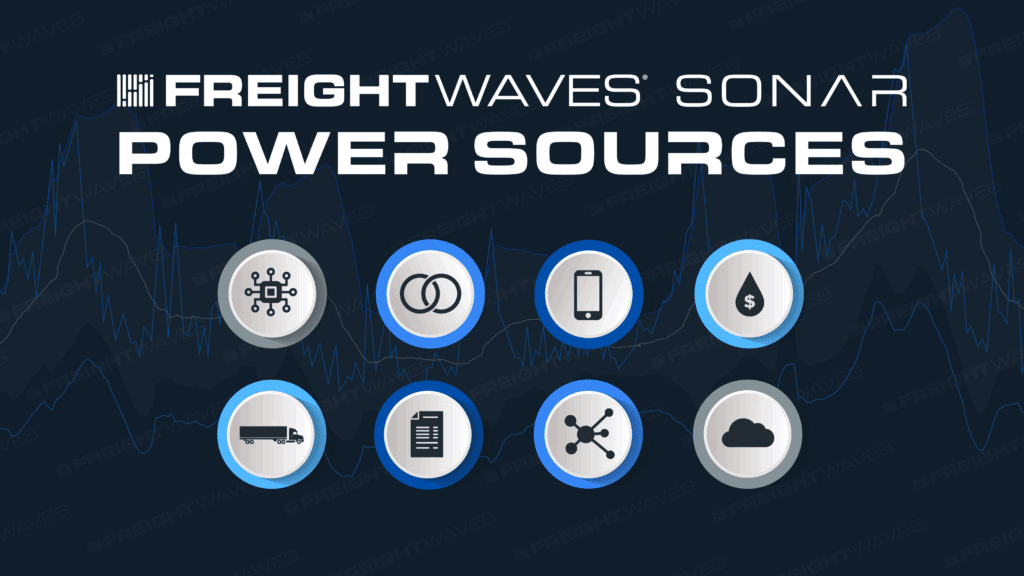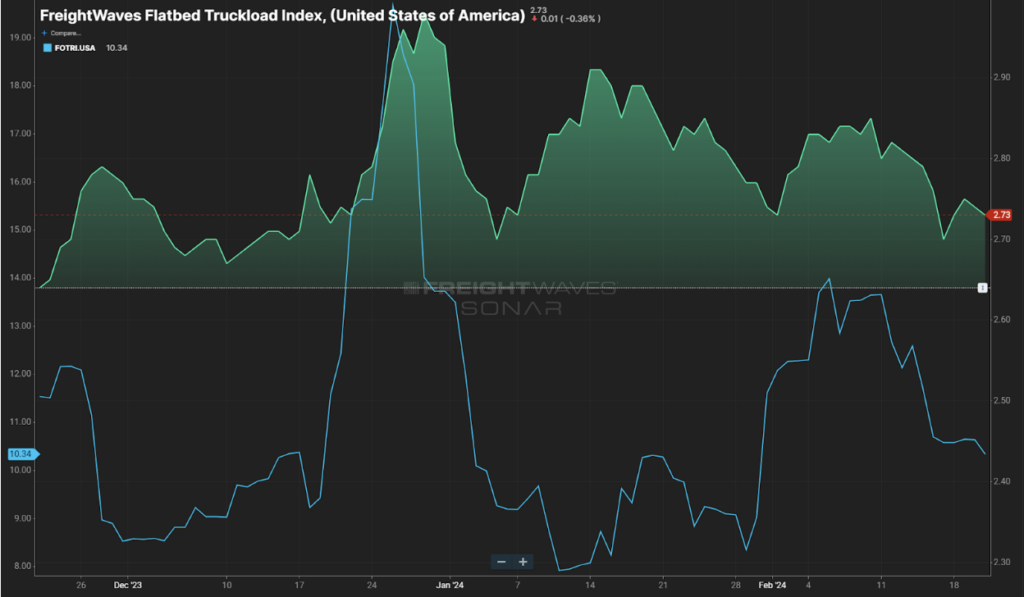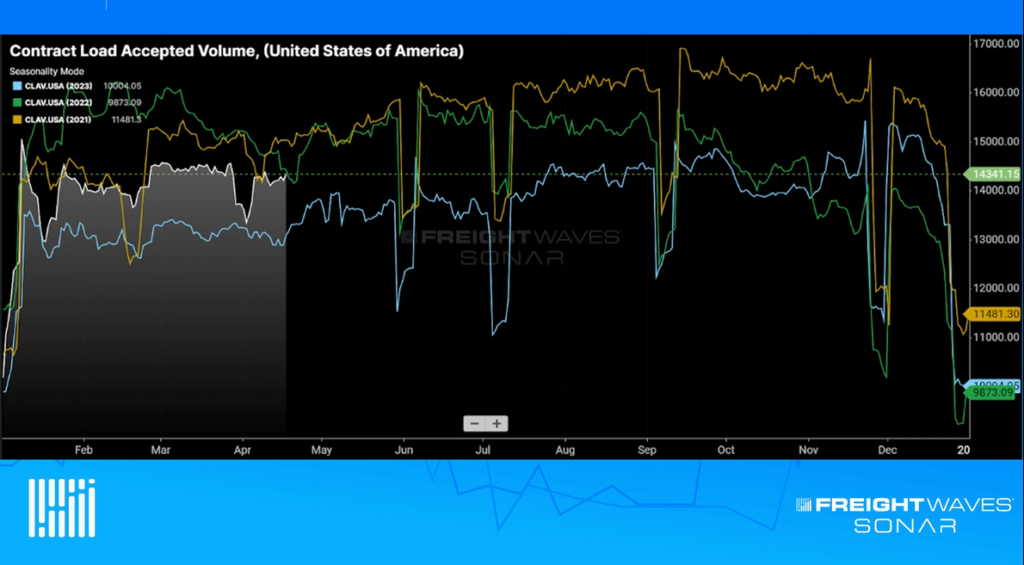Staying competitive remains a top priority for supply chain professionals around the globe. Regardless of industry, knowing how to become a shipper of choice is one of the best ways an organization can keep its freight spend under control. Moreover, shipper of choice status is associated with prestigious operations and quickly attracts carriers, logistics service providers (LSPs), and other supply chain partners. Many freight data applications can help supply chain leaders figure out how to become a shipper of choice. To that end, shippers need to follow these key steps to attain the coveted status.
1. Recognize the real age of your freight data
The first step in how to become a shipper of choice lies in considering the actual age of freight data. While every organization claims to have the best data possible, often, the data is aging and loses value. In today’s world, data that is hours old can amount to millions of dollars in difference due to a simple planning and tendering mistake. Only by recognizing the real age of your data can supply chain professionals begin to figure out how to become a shipper of choice and finally level the playing field.
2. Collect and analyze market freight data
Comparable to understanding the actual age of data, shippers also need to know how they collect data. Shippers must collect and analyze market freight data to see industry trends. Of course, this is the age of cybersecurity worries, and collecting and analyzing external data for market freight forecasting can prove troublesome at best. So, more companies are turning to third-party resources to collect and analyze market freight data.
3. Tender rates within reason
The next step on the path of how to become a shipper of choice is to offer rates within reason for your tender. Carriers and LSPs will likely have access to crucial market data to know when shippers are attempting to undercut the value they offer. As a result, the shipper pursuing a path of how to become a shipper of choice needs to offer competitive freight rates for tendered shipments. Only then will carriers and LSPs be interested and willing to further pursue a business relationship with your company.
4. Know what to expect from surcharges and carriers
Another opportunity to become a shipper of choice lies in avoiding becoming a problem shipper. Instead of complaining about the rise in fuel surcharges and attempting to get money returned from carriers, shippers should take the time to know the state of the market, including what to expect from surcharges, a carrier’s truck drivers, and more. An understanding shipper is a shipper that is on the fast track to becoming a shipper of choice.
5. Reduce dwell time
Reducing dwell time and increasing amenities available to drivers are additional opportunities to figure out how to become a shipper of choice. No driver wants to spend countless hours in a parking lot, hoping for a fast resolution. Instead, they want to get back on the road. And shippers that have efficient operations on their docks are more likely to do so.
6. Maintain clear communications with all carriers and drivers
There will always be times when problems arise, and delays occur. However, those seeking shipper of choice status must maintain clear, concise communications with all carriers and drivers. Failure to communicate will inevitably lessen your likelihood of recognition. According to Ari Ashe and William B. Cassidy of JOC.com, “Drivers minimally want a place to park and exit the truck, rather than sit behind the wheel for an undetermined amount of time. When these delays do happen, communicate with the carrier and the on-site driver. Remember to offer frequent updates and an estimate on how long the delay will be.”
7. Increase flexibility for loading, unloading and more
Every dock should have a reasonably tight schedule. However, building in appointment scheduling blocks for handling delays and possible disruptions is key to preventing the build-up of hostility and a decreased eligibility for shipper of choice status. As reported by Inbound Logistics, “In addition to streamlined yard check-in and check-out, shippers can become more desirable by providing flexible appointments with broad delivery windows. Shippers who can enable 24/7 dock access also have a leg up, because it gives carriers added flexibility, a bonus in the face of increasing demand.”
Know how to become a shipper of choice by using FreightWaves SONAR
There are many ways and opportunities for shippers that want to know how to become a shipper of choice. Regardless of the steps already taken in your organization, shippers should apply the above- mentioned best practices and become a genuinely informed shipper by leveraging an advanced freight data and freight forecasting platform. Request a SONAR demo to see how freight data can improve your candidacy for shipper of choice status today.












